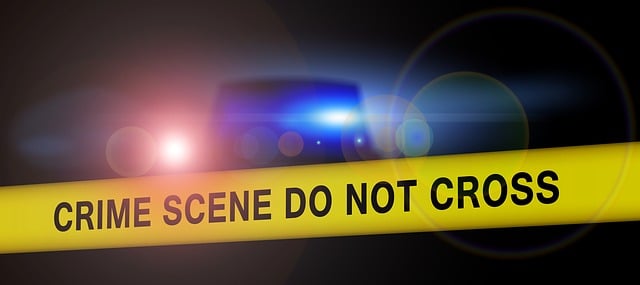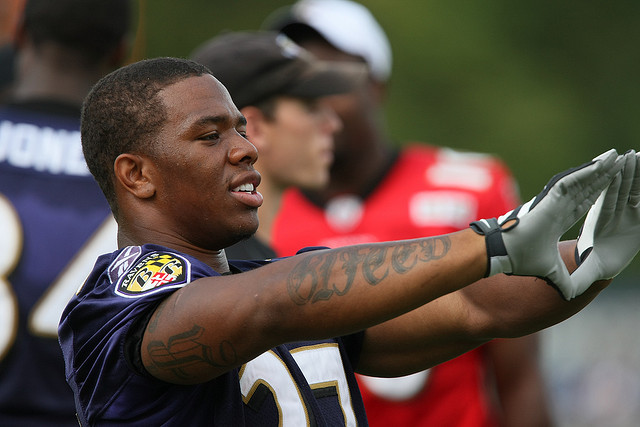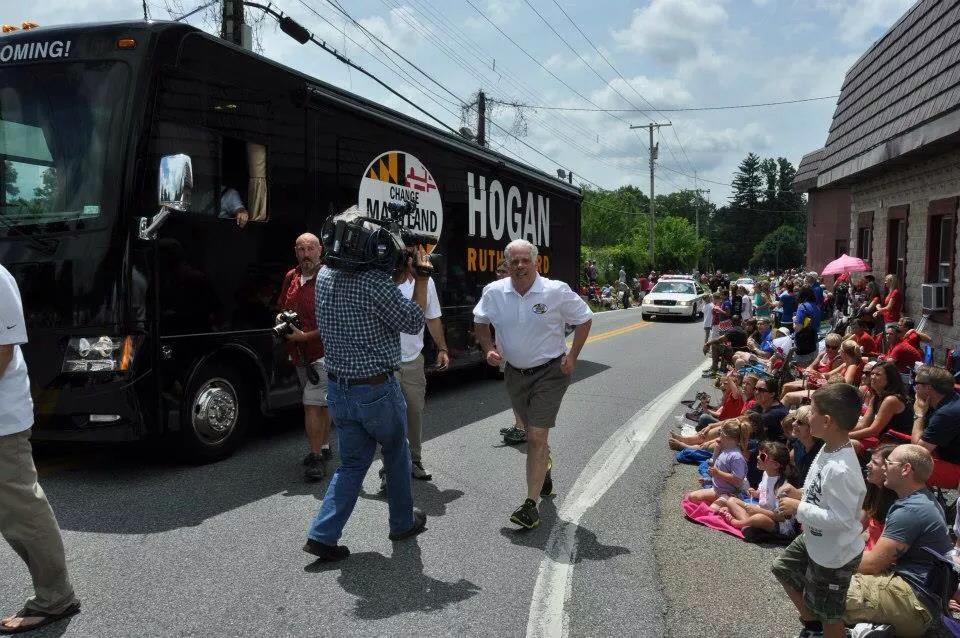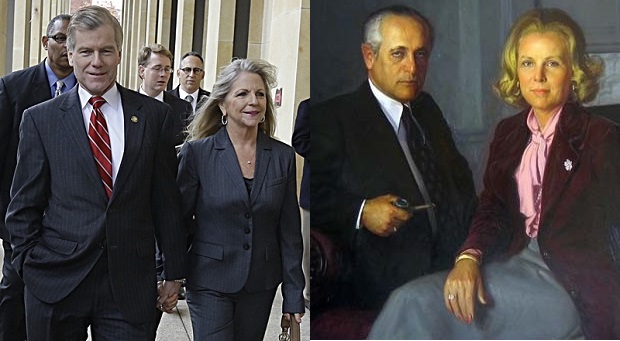The names on The Baltimore Sun homicide webpage are listed chronologically but have no features that stand out. Beside each name is an age, a gender, an address, and a race. Most of the names are those of young men in their 20s, Black, and dying somewhere in Baltimore’s Black butterfly.
A pattern characterizes these names–a standard English surname (Bryant, Miller, Edwards) and a uniquely-spelled first name (Dwone, Tyjuan, Deontay). This year, there are several female names sprinkled in–Nykayla, Shanlette, Ky’Shera, Leandra—in addition to the 24 teens, ages 13 to 19 years, that were also murdered.
There are no faces associated with the names–only an age, a date of death, and an address where their bodies were found. In efforts to probe deeper, I Google each name hoping to find a photo or a social media account that will bring some semblance of life to their lifeless name.
Oftentimes, there are no images or social media accounts. In some cases, there is a GoFundMe page where family members posthumously coronate the dead with titles like “King” or “Queen” before asking people to help cover their burial expenses. Other searches reveal a mugshot from a previous crime.
And in some rare cases, there is an actual bio. One of these bios was for Ameer Whyee. In 2015, Ameer served as a high school intern with the Maryland Department of Assessment and Taxation. Ameer stated in his bio that he was deeply honored to work as an intern. At the Department, Ameer noted that he was “tasked with entering forms and basically seeing if a business is really a business in the State of Maryland.” Ameer was just 21 years old when he was shot in the head near Frederick Avenue in Southwest Baltimore.
With so little known about these young Black men, we leave it to the imagination: What precipitated their untimely death? Were they mere products of harsh urban circumstances?
Often, the lack of information on these dead young men is filled with tropes about urban decay, the war on drugs, and the newfound favorite, ‘the plague of black-on-black crime.’ Talking heads on local news outlets and on social media claim that the homicide rate is a crisis; but the feeling of outrage seems to have disappeared. There have been over 300 murders in Baltimore each year for the past 8 years. In sum, it is nearly equal to the combined number of dead from the September 11 attacks and mass shootings at Sandy Hook elementary, Stoneman Douglas High School, and the Pulse nightclub.
But unlike those tragedies, there are no political groups formed by survivors. There is no Jim Brady championing a Handgun Violence Prevention Act. There is no Gabby Giffords arguing for gun control. Frankly stated, there are no heroes coming out of the 3,000+ murders in Baltimore City.
Instead, there are pop-up candlelight vigils, makeshift memorials of Hennessy bottles and balloons, and corners with spray painted hashtags and numbers indicating when the death occurred in the year. Eventually the balloons deflate, the Hennessy bottles are thrown away, and the spraypaint is eroded by mildew or covered over with new spray paint. Even the primary artist of those spray painted hashtags and numbers, Tyree Moorehead, was himself killed earlier this year in an altercation with police.
The mundane nature of Baltimore City’s 300+ murders raises a set of brutal questions: Do these young Black men matter? Were their lives ever significant? Or are they just blurred statistics buried in some overlooked webpage?
Based on the clearance rate from the Baltimore City Police Department, we know that very few of the victim’s families will see justice. Killers will never be arrested; much less be prosecuted. We hear about “thoughts and prayers” from politicians who after every high-profile shooting try to remake themselves into concerned uncles and pastors. But we know that there is very little that these politicians can do and very little that they actually want to do.
In truth, the murder rate is a problem of indifference. This indifference is not created out of futility, but rather on the lack of brotherly concern for one another. Baltimoreans sometimes like to pride themselves on being a “city of neighborhoods,” but these neighborhoods make up a motley patchwork of race and class in a deeply-divided city. And those divisions are further magnified at the street-level where individuals care less and less for one another. The breakdown of the Black family has given rise to a cousin-and-nephew network of belonging. Sadly, this new ‘family’ network has meaning only in word, but not in real familial obligations.
Similarly, the Black church has taken a back seat. Since COVID, Black churches have diminished from once being a pillar of the Black community to now being an outlet for second-hand food and a Sunday morning club for middle-class grandmas.
And so, every day, kids and adults walk by the scene of what was once a crime scene. The powerful spray gun of a DPW worker has managed to wash away the blood and chalk and restore the corner back to what it once was: a congregation of vacant-eyed Black men trying to hustle for a dollar. Police drive by these young men. So too do middle-class grandmas as they head to church services. No one ever stops.
And so, why should we be surprised when we see the names of these Black men appear in a newspaper article on the latest murder?
We shouldn’t. We stopped caring a long time ago.







No one wants to admit the REAL problem. Here it is:
According to recent FBI stats, with 12.1% of the U.S. population, blacks committed about 58% of all murders. Everyone else (87.9%) committed 42% of the murders.
Hence the black murder rate is 9.6 times the rest of the population. 90% of blacks who are murdered are killed by other blacks.
It ain’t DNA that’s the problem. Black African immigrants have a very LOW violent crime rate.
It ain’t guns. EVERYONE has guns.
It ain’t poverty. Hispanics have low incomes too, but the murder rate of blacks is 6 times higher than Hispanics.
It ain’t single parent homes (though that doubtless IS a factor). Hispanics also have a high percent of children born outside marriage.
The problem is the violent young black culture that no black leader wishes to confront. Indeed, in the last 18 months, many woke local police agencies have decided to no longer report the race of murderers. Somehow that’s supposed to BENEFIT blacks, who suffer the most from this carnage.
Where’s the outrage?